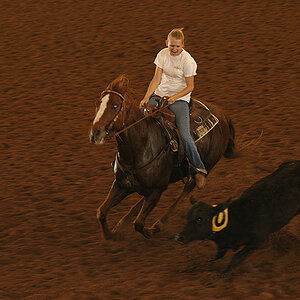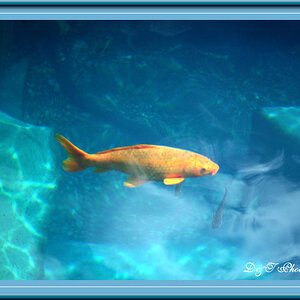spacediver
TPF Noob!
Trying to wrap my head around these concepts and lens controls.
I have a kit EF-S 18-55 mm lens (canon EOS 450D), and the zoom ring is labeled 18-55 mm, which indicates the focal length. Adjusting this changes magnification.
But this is different from the focusing ring. When you adjust the focusing ring, the magnification doesn't change. So what does the focus ring adjust, if not focal plane?
Some other relevant observations: When I adjust the focusing ring, the outer barrel telescopes outwards and inwards independently of the inner barrel. When I adjust the zoom ring, the outer barrel is at its most retracted position at 28 mm, and at its most unretracted position at 18mm and 55 mm. So what seems to be happening is that the focus ring is being adjusted automatically to compensate for different zoom settings. Not sure why the relationship between the focus and zoom ring is nonmonotonic.
Is there a simple explanation for all this, and why is the focusing ring called a focusing ring if it doesn't adjust focal plane?
I have a kit EF-S 18-55 mm lens (canon EOS 450D), and the zoom ring is labeled 18-55 mm, which indicates the focal length. Adjusting this changes magnification.
But this is different from the focusing ring. When you adjust the focusing ring, the magnification doesn't change. So what does the focus ring adjust, if not focal plane?
Some other relevant observations: When I adjust the focusing ring, the outer barrel telescopes outwards and inwards independently of the inner barrel. When I adjust the zoom ring, the outer barrel is at its most retracted position at 28 mm, and at its most unretracted position at 18mm and 55 mm. So what seems to be happening is that the focus ring is being adjusted automatically to compensate for different zoom settings. Not sure why the relationship between the focus and zoom ring is nonmonotonic.
Is there a simple explanation for all this, and why is the focusing ring called a focusing ring if it doesn't adjust focal plane?





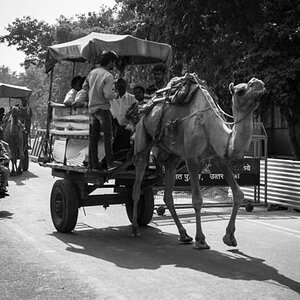
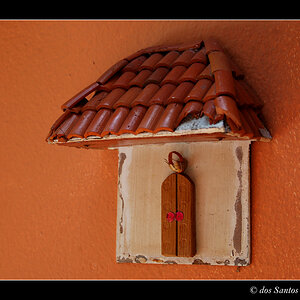
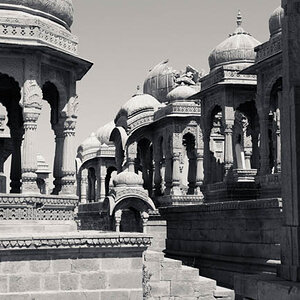
![[No title]](/data/xfmg/thumbnail/31/31754-af76ae89cc75bd1855937374ff359efe.jpg?1619734992)
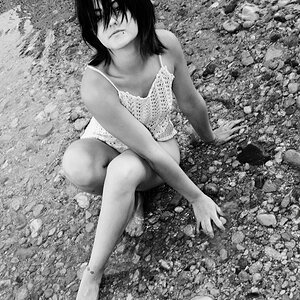
![[No title]](/data/xfmg/thumbnail/31/31751-fb2f68cca32f9eec468dbde7d649840f.jpg?1619734990)
